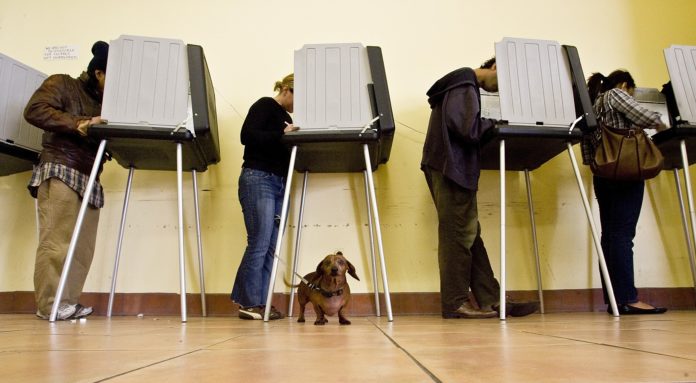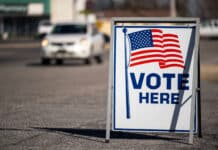Minnesota’s new presidential election system law goes into effect January 1, 2017: Out with caucus, in with primary election system.
St. Paul, MN- Starting with the 2020 presidential race, Minnesota will replace its caucus system with a primary election. The change will allow Minnesotans to vote all day instead of having to show up at a specific time on a precinct caucus night. March 3, 2020 is the date set for the first presidential primary, unless an agreement is reached by state leaders to change the date. The state’s political parties may still choose to hold caucuses, and the primary election for other federal, state and local office will continue to be held in August.
Over the past few presidential election years, Minnesota’s caucus system has been criticized by some as a means for the parties to prevent some people from engaging in voting for lesser-known candidates or those not supported by party leadership. The caucus format also was viewed as less-accessible for some voters: instead of having a full day to vote, people were required to show up to their precinct caucus during a specific window of time if they wanted their vote counted. Long lines and limited space in many of the caucus locations frustrated many voters and were viewed as a way for party elites to “skew” election turnout.
During the March 1, 2016 “Super-Tuesday” Minnesota caucus, DFL activist Soren Sorenson criticized the lack of space for what was expected to be a large voter turnout for the caucus election. Citing the fact that five precinct caucuses were scheduled to convene in the Whittier Recreation Center Gym in Senate District 62 (South Minneapolis), a place that was packed in the 2008 caucuses, Sorenson said in an interview with City Pages, “The facility won’t be big enough and I’m afraid [Bernie Sanders’] supporters will be affected the most.” Ken Martin, DFL Chair, worked with SD 62 leadership to add space to the caucus location to ensure no voters were disenfranchised during the caucus election.
The entire caucus system was also criticized after the Republican Iowa caucus, when presidential candidate Ted Cruz supporters and campaign staff initiated the rumor that candidate Ben Carson was dropping out of the race just prior to the caucuses voting. The move by Cruz was seen as causing voters to flip their Carson votes to Cruz, giving Cruz a win over Carson in the state. According to a MinnPost article, Marty Seifert, former Minnesota House minority leader, said about the caucus system and the Iowa Cruz-Carson scandal, “It’s a very contained environment where it’s easy to throw things around. If there are things that go out in the mail a week or two in advance, there’s time for people to refute. At conventions, there’s no time to respond, or maybe you don’t even hear it.” As a result, Minnesota leaders from both parties had worked for years to change Minnesota’s election system from caucus to primary.
What Changes from Caucus to Primary?
- Voters could get absentee ballots, could vote any time the polls were open during primary day and could vote by mail in precincts where that is an option.
- Party choices become “Public”: “The county auditor shall make available for inspection a public information list which must contain the name, address, year of birth, and voting history of each registered voter in the county. The list must include the party choice of any voter who voted in the most recent presidential nomination primary,” the Senate’s presidential primary bill says.
- Voters would have to attest that they agree in general with the principles of the party of the candidate for whom they are voting.
- Votes are private, but which party’s ballot a voter picked up would be public.
- Greater voter turnout is expected with a primary vs. a caucus.
- Contrary to the caucus system where anyone eligible to vote in the November presidential election may participate, in a primary only registered voters are allowed to cast a ballot.
- Party caucuses would continue for the parties’ business to be conducted.
- In a caucus system, the political parties run the caucus, usually staffed by volunteers. With the switch to a primary system, the state assumes the associated costs and staffs the polling places with local election judges. The cost is estimated to be around $4 million and includes programming voting machines and computers and hiring election judges for 3,000 polling places.
- Only the GOP and DFL presidential primaries would have costs covered by the state.
- A one-time appropriation of $110,000 is given to the Office of the Secretary of State during fiscal year 2019 for computer programming costs.
~Sources: Pioneer Press & MN House News


















